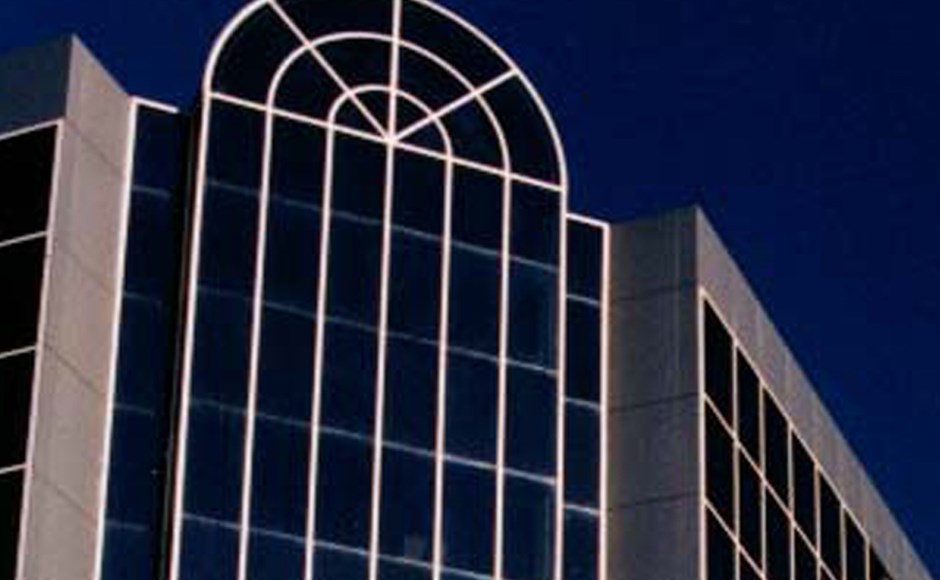
PW800



Product Description
Thermosash PW800 : two sided structurally glazed curtainwall with mechanically engaged expressed vertical mullion elements, providing an accent on the verticality of the building façade.
The PW Series Suites have been extensively used and proven in New Zealand and our export markets since 1985. The advantage of this system is whilst it utilises a transom system internally to hold the glass (structurally glazed) or other elements, the mullions are expressed, mechanically encapturing the glass, offering a potentially smooth surface up the building between mullions, generally free from any visible aluminium structural element.
Section sizes: 75mm / 100mm / 150mm / 200mm
We have the ability where necessary, to structurally supplement the sections where the suite is exposed to high floor to floor spans or high wind zones, thus potentially reducing the need for additional primary or secondary structure to be provided by the Main Contractor.
Maximum spanning ability
The spanning ability will vary depending on the structural system and environmental loads (e.g. wind). Thermosash specifically engineers the best suite options to meet project requirements.
Thermosash Suites are recognized as having the largest spanning systems on the market due to our specific engineering capability and the customised nature of the work we complete.
Integrated Elements
- brackets to receive externally mounted fins, louvres, Venetians, custom feature elements, or building signage
- opening sashes suitable for high-rise installations can be accommodated
- a large variety of materials can be integrated into a unitised panel, including:
-
- different glass types
- metals
- terracotta tiles
- large format porcelain
- glass reinforced concrete (GRC)
Engineering Custom solutions
Thermosash design and detail the facade solution to meet project demand for seismic risk, wind loads, climate zones, corrosion zones and building importance levels as well as aesthetics, unique site constraints and budgetary requirements. We have extensive experience in integrating our systems and products to deliver a total facade solution.






